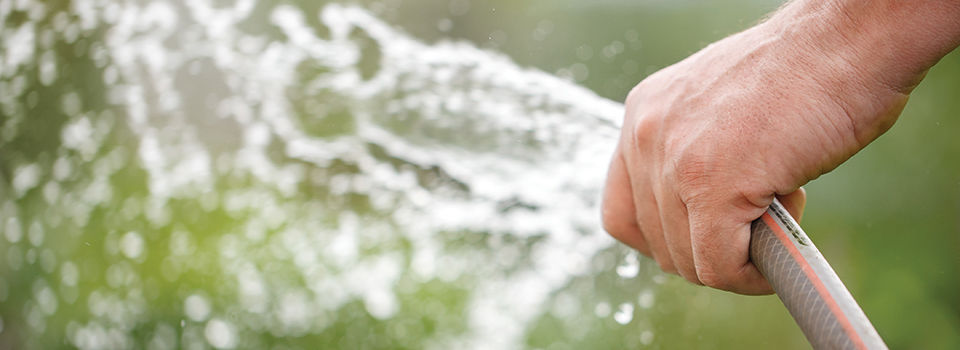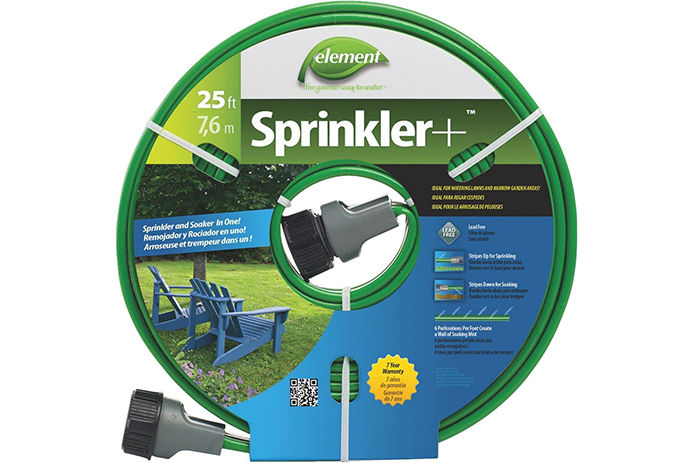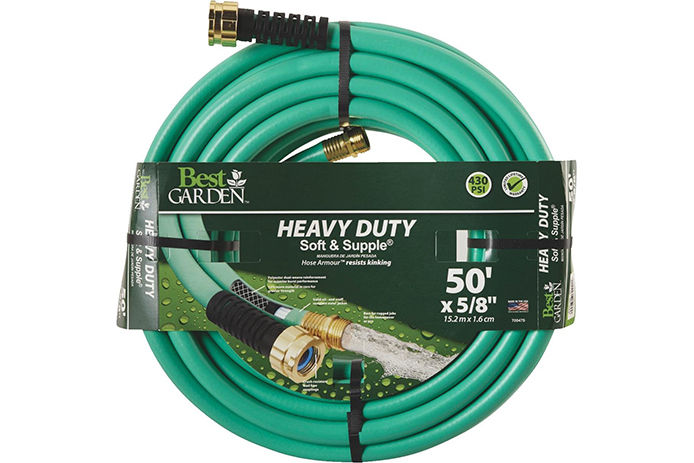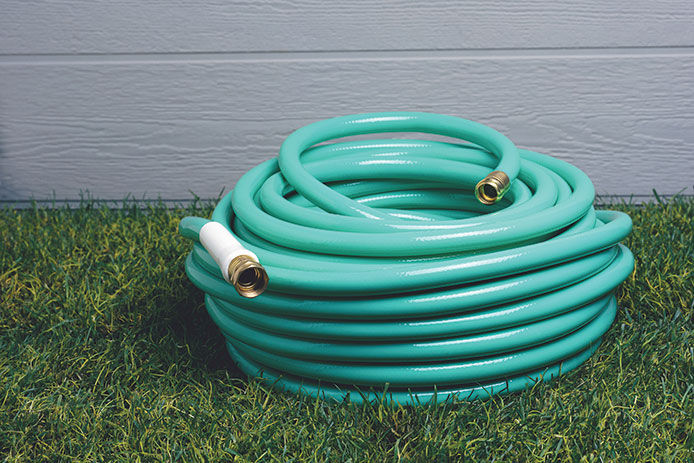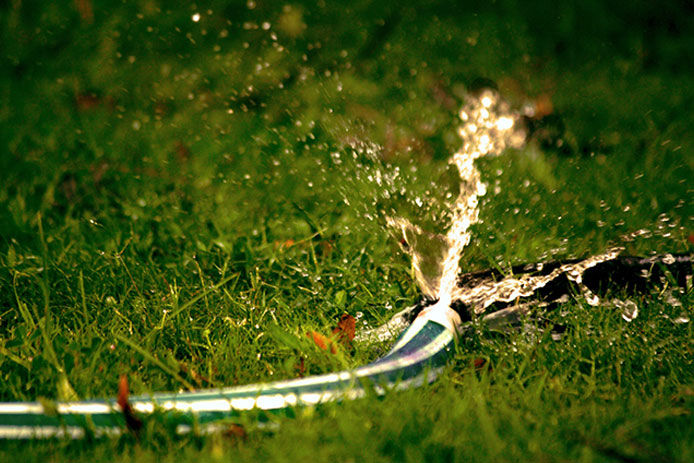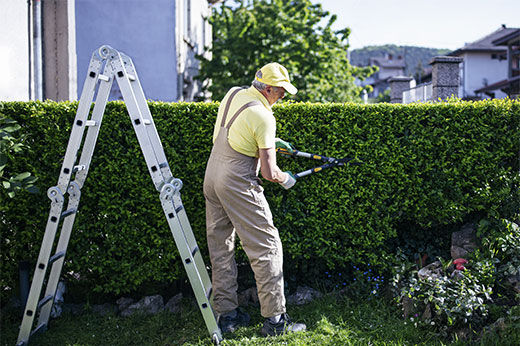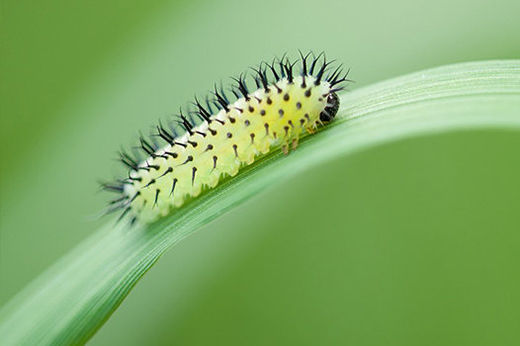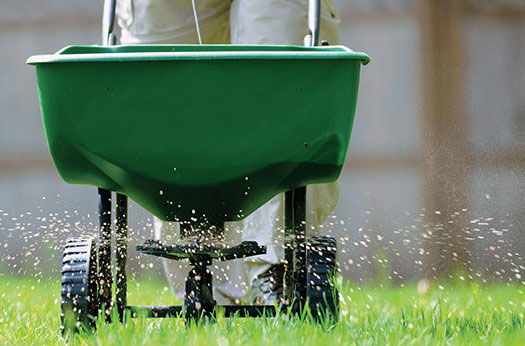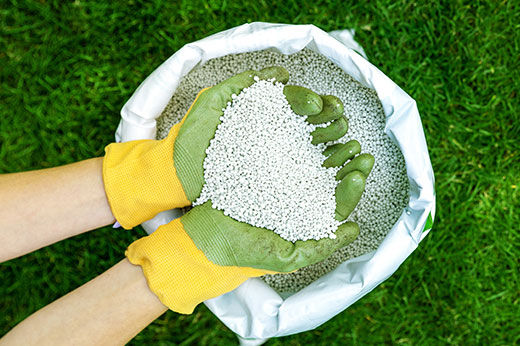Light and medium-duty garden hoses are often less expensive than their heavy-duty counterparts. These hoses are typically made from affordable vinyl or reinforced vinyl and may feature plastic fittings. These hoses are often sold in smaller diameters.
If you're seeking the best garden hose for occasional use or a small space, a light or medium-duty hose can be a great choice. Although these hoses can kink a little easier and have a shorter lifespan, they can be an excellent choice for apartment and condo dwellers. These are the best garden hoses for people on a budget who don't plan to use the hose daily.
It's important to store your light or medium-duty hose in a protected spot in the winter. These hoses can harden over time, and shifting temperatures can shorten their life.
